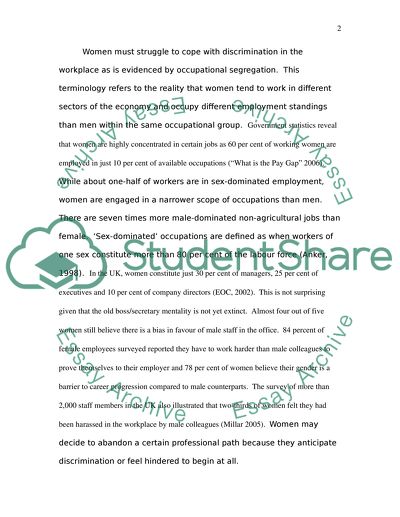Cite this document
(“A Woman Has to Be Twice as Good as a Man for the Same Job Essay”, n.d.)
A Woman Has to Be Twice as Good as a Man for the Same Job Essay. Retrieved from https://studentshare.org/sociology/1536243-a-woman-has-to-be-twice-as-good-as-a-man-for-the-same-job
A Woman Has to Be Twice as Good as a Man for the Same Job Essay. Retrieved from https://studentshare.org/sociology/1536243-a-woman-has-to-be-twice-as-good-as-a-man-for-the-same-job
(A Woman Has to Be Twice As Good As a Man for the Same Job Essay)
A Woman Has to Be Twice As Good As a Man for the Same Job Essay. https://studentshare.org/sociology/1536243-a-woman-has-to-be-twice-as-good-as-a-man-for-the-same-job.
A Woman Has to Be Twice As Good As a Man for the Same Job Essay. https://studentshare.org/sociology/1536243-a-woman-has-to-be-twice-as-good-as-a-man-for-the-same-job.
“A Woman Has to Be Twice As Good As a Man for the Same Job Essay”, n.d. https://studentshare.org/sociology/1536243-a-woman-has-to-be-twice-as-good-as-a-man-for-the-same-job.


